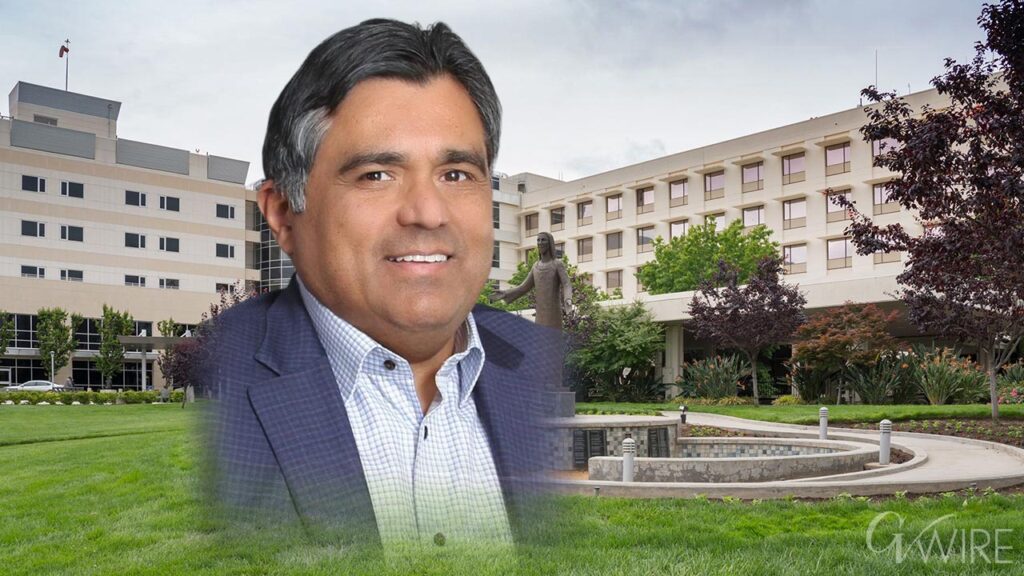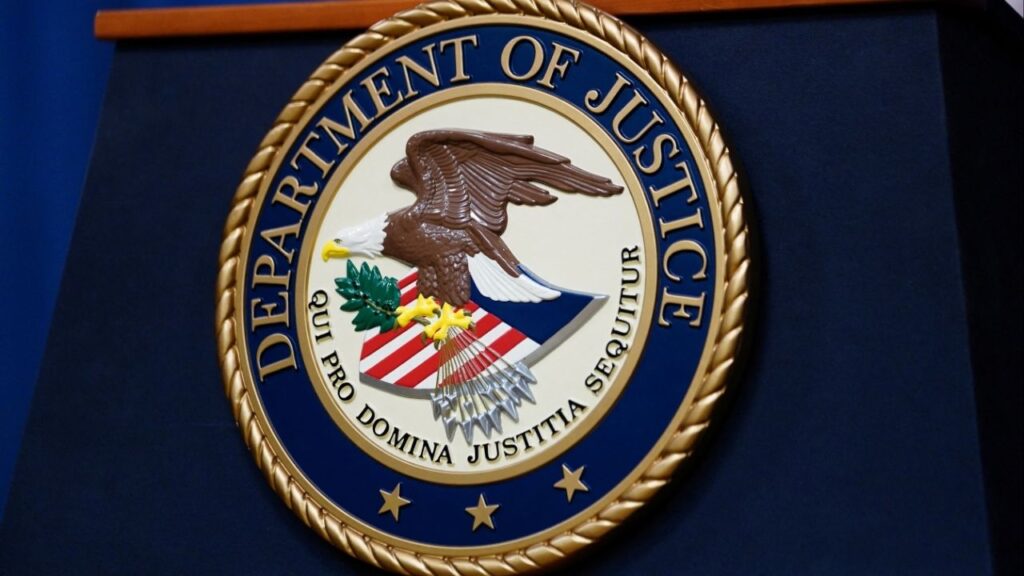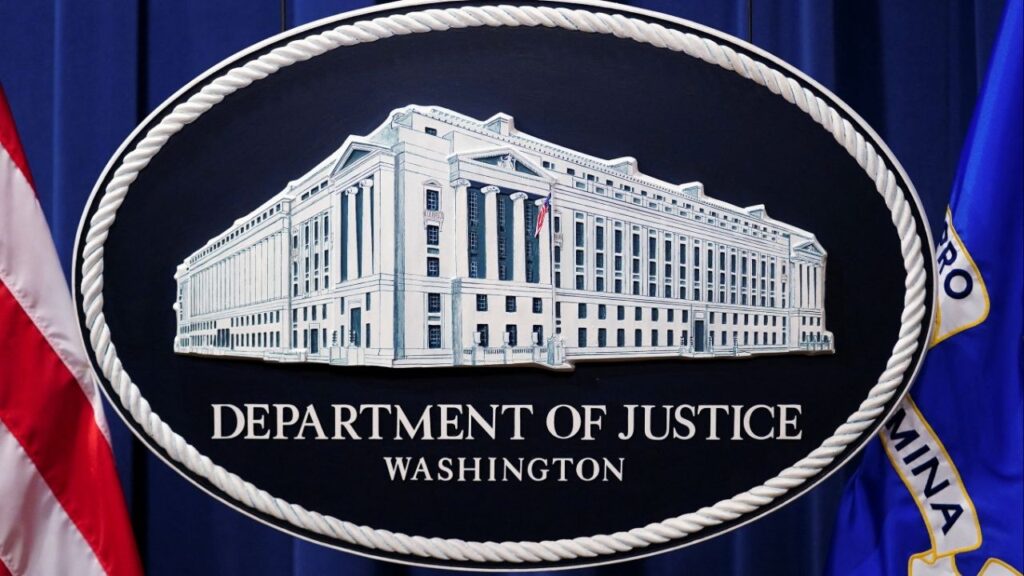Share
When Fresno County on Tuesday moved into the red-tinged Tier 2 of the state’s reopening plan because of lowered coronavirus infection rates, schools got a lot closer to being able to reopen for in-person classes.
And once they do, students who play a keyboard instrument, the drums, or a trumpet — but not the flute or other wind instruments, and definitely no choral singing — will be able to take up those activities at school again. Likewise, student athletes will be able to participate in noncontact sports, which means football and wrestling are still ruled out for now.
But the return to school campuses will depend on whether the county can stay in the red tier for the next two weeks, even as restrictions on indoor dining, houses of worship, gyms, malls, and movie theaters are loosened somewhat.
In the meantime, Fresno County public health officials told reporters on Tuesday, schools will have time to finalize and present their plans to show the modifications and protocols they will have in place once students do return to campus.
Planning Will Be Key

Although the plans are not mandatory, they are highly recommended, because they will enable schools to keep new coronavirus cases to a minimum, interim health officer Dr. Rais Vohra said.
“They need to do their due diligence, whether it’s formally submitting a checklist to us in the case of the seventh through 12th grades or just going out on their own,” he said. “But either way, they’re going to have to deal with it sooner or later. We like to say it’s not a matter of if, but when you’re gonna have it in a classroom.
“But that doesn’t necessarily mean you would have to shut down your school if you have good measures in place and you really thought through what that day is going to look like. … You really have to have safety protocols in place to make sure that a single case doesn’t really capsize the school reopening plan.”
Vohra said he sees more people these days adhering to recommended practices such as wearing a face mask and staying six apart to help stem the spread of the highly contagious COVID-19. That needs to continue, he said.
“Let’s not go through the summer surge again,” Vohra said, referring to the steep increase in coronavirus cases that resulted after restrictions were lifted the first time after the initial lockdown in March.
Surveillance Testing Mandatory
Once schools do reopen, the county health department will require surveillance testing of school staff as a way of tracking potential coronavirus outbreaks, which can spread readily through people who show no symptoms of the virus, he said.
The county will require 10% of school staff to be randomly tested monthly, Vohra said.
Fresno teachers are in support of surveillance testing, said Manuel Bonilla, president of the Fresno Teachers Association. But Bonilla said he thought that the state is requiring that at least 25% be tested every two weeks.
“We definitely welcome testing,” he said. “How else does a system inform itself in regard to how they’re doing with this virus? Otherwise it’s a guessing game.”
Fresno County public health officials could not be reached later Tuesday to clarify the surveillance testing requirement.
How Soon Back to School?
Bonilla declined to estimate how soon Fresno Unified students might be returning to classrooms, since much remains to be sorted out before that can happen.
Meanwhile, Clovis Unified said Tuesday that elementary students could be back on campus by the end of October or early November, but on a hybrid schedule so the district can limit the number of students in class at any time and maintain proper social distancing.
District trustees gave administrators the green light last week to seek a waiver from the county public health officer for face-to-face instruction for children in grades K-6.
The timeline of the return of students in grades seven through 12 is under development and expected to be finalized next month, the district said.
Trustees learned at last week’s board meeting that some educators are recommending high schoolers stay on distance learning through the end of the semester so as not to risk their academic progress — and grade-point average — with the disruption that will occur with the return to in-person instruction.
Categories

Saint Agnes Names New Vice President of Operations


















